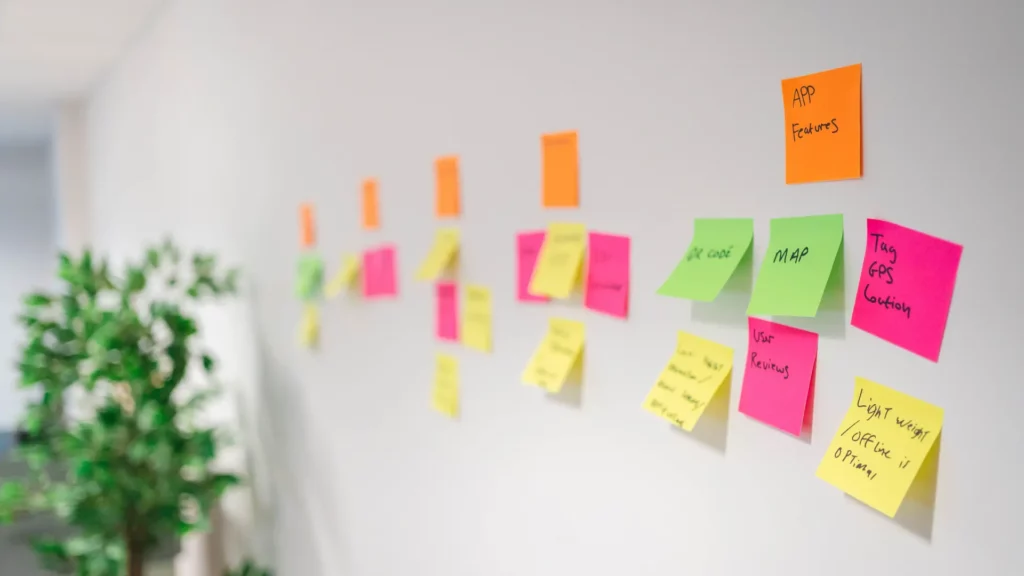
UX/UI Design: Balancing Aesthetics with Functionality
Balancing aesthetics with functionality in UX & UI design is tricky. In this insight, we explore effective strategies for achieving this.

Stay in the loop with our latest updates
In UX/UI design, striking the perfect balance between aesthetics and functionality can be challenging. In this insight, we delve into effective strategies to help you navigate the design process while balancing aesthetics and functionality.
Understanding the Elements of UX/UI Design
The first step in achieving this balance is understanding the foundational elements that make up UX (User Experience) and UI (User Interface) design.
UX Design
UX design is about creating a seamless, efficient, and enjoyable experience for the user. It focuses on the functionality of an interface and how a user interacts with it. This includes things like information architecture, interaction design, and usability.
UI Design
UI design, on the other hand, is about how the product looks and feels. It’s the aesthetic component of the design process and includes typography, colour schemes, button shapes, and animations.
Understanding these two elements is the starting point for creating a beautiful and functional design.
The Interplay Between UX and UI
While separate in their roles, UX and UI design are intimately linked. An attractive design (UI) without usability (UX) is like a Ferrari without an engine—it may look impressive, but it won’t get you very far. Conversely, a highly functional design without aesthetics could be like a perfectly running car with no paint or trim—it gets you to your destination, but the journey lacks joy.
Achieving the Balance: The Design Process
Here is a high-level view of the design process to balance aesthetics with functionality:
Understand your users
Start by conducting user research to understand your audience’s needs, preferences, and behaviours. This will inform both the aesthetics and functionality of your design.
Define your functionality
Outline the functions your interface needs to perform. Create wireframes, and user flows to map how users interact with these features.
Build your aesthetics
Once the functionality is defined, begin working on the aesthetics. The visuals should complement and enhance the functionality, making the interface usable and visually appealing.
Test, Iterate, and Improve
Finally, use usability testing and user feedback to refine your design. It is essential to iterate and improve, ensuring that aesthetics and functionality serve the user effectively.
Case Study: Apple’s iPhone
A classic example of the successful marriage between UX and UI is Apple’s iPhone. The iPhone revolutionised the smartphone market with its intuitive user interface and sleek aesthetic design. The visual simplicity of the iOS interface, combined with the smooth user experience, is a testament to the power of balancing aesthetics with functionality.
Striking the Balance
In UX/UI design, the goal is not just to create something that looks good or functions well. Instead, the aim is to design interfaces that deliver an experience that blends functionality and aesthetics. It’s about creating a visually pleasing journey that guides the user seamlessly from point A to point B. The road to this balance may be challenging, but with a user-centred design approach, it’s certainly achievable.
Remember, design is not just about what you see but also how it makes you feel and how well it solves your problems. It’s an art, a science, and when done right—it’s a perfect symphony of aesthetics and functionality.
If you’d like some guidance, feel free to reach out. We’re a digital product studio that can help you every step of the way. Let’s see if we’re the right fit and book a free discovery session today.

Let’s get started!
Great digital products aren’t just built, they’re co-created. Together, let’s breathe life into your idea, crafting solutions that stand out.
Contact

